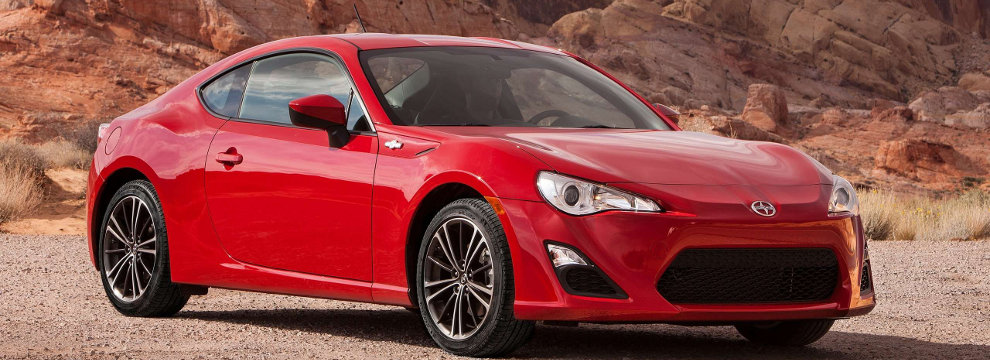
Wheel/Rim Repair - Cracks and Bent Wheels
If your wheels are scuffed, "curbed," cracked, dented, or bent, if may cost thousands of dollars to replace them. Not to mention the time involved choosing and mounting new wheels.
Because of this great expense in time and money, people began to inquire about repairing damaged wheels. And the wheel/rim repair industry was born.
When safety is not an issue, in other words if repairing rather than replacing will not jeopardize the safety of you or your passengers, then repair is a definite option. However, repairing a wheel or rim with just a hammer and a torch is not advisable. Someone who may not be trained in wheel and rim repair could fix your wheels so they look good, but may in fact have not applied consistent pressure where needed. The result is a sub-par repair job that may be unsafe. Seeking out a qualified, experienced wheel/rim repair person is the way to go. Find a reliable, reputable technician who has the equipment, knowledge and experience to repair your wheels/rims professionally.
When you decide to have your wheel repaired, first the wheel is washed with a diluted acid-based cleaning compound that won't damage the finish but removes all of the brake dust. Brake dust removal is important because it allows the technician to see even small cracks. Using the proper cleaning solution is also important. Anodized finishes can streak with the wrong cleaner but can wheels with this finish can be buffed out.
Then the technician mounts your wheel on a vehicle simulator. S/he checks for radial and lateral runout. Radial runout indicates how much the wheel is "out of round"; lateral runout means how much the wheel wobbles side-to-side. If a wheel is hit hard enough, say when the driver goes through a pothole in the road or hits a curb, it may twist or bend the spokes. Many of these damaged wheels can be repaired using back pressure, but if lateral runout cannot be corrected, the wheel is not repairable and must be scrapped.
With consistent hydraulic pressure, appropriate heat, and light vibrations under pressure, your alloy wheel will move back to its original factory condition, without cracking. Any crack that is hidden by paint or chrome will pop out. In a professional shop, a certified welder fills and repairs the crack. After the repair is complete, the wheel retains its original strength.
Cracks are the prevalent cause of damage to wheels. When a wheel is bent near the base of a spoke, a repair technician can sometimes see haze marks that indicate cracks. Cracks are more common on chrome wheels than other finishes because chroming tends to make the metal more brittle. If a wheel is severely bent, the technician checks for cracks underneath the chrome near the base of spokes. After the cracks have been filled and repaired, the wheel is then re-chromed in those areas.
After your wheels have been corrected for lateral and radial runout, and all cracks have been repaired, the technician checks for finish-defects like scuffs or scratches, and buffs them out before remounting your wheels.











